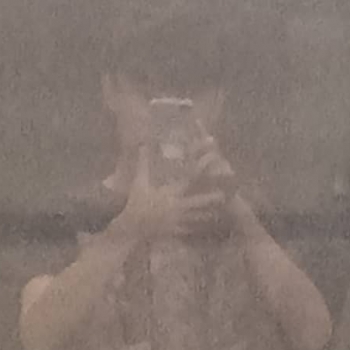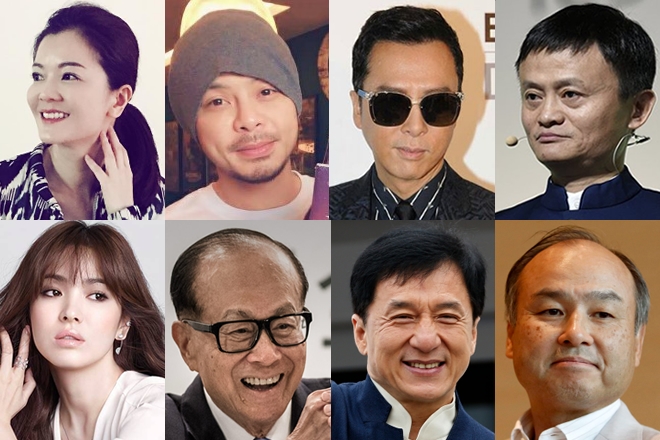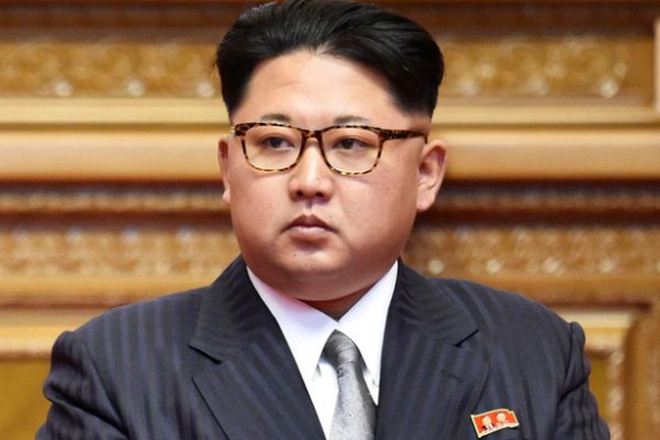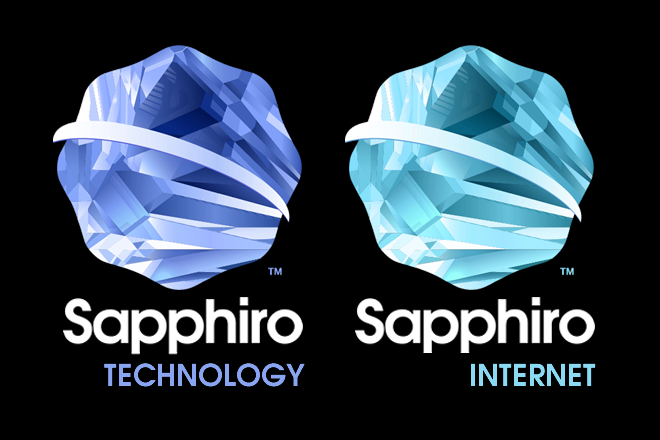China's message, Taiwan's reaction, and a possible solution.
Less of writing, more of pasting videos of their actual speech.
People's Republic of China's President Xi Jin Ping's message on reunification with Taiwan.
Republic of China (Taiwan)'s President Tsai Yin Wen's reaction speech in Mandarin.
(Not english subtitles available. For English translation speech, watch the second video below.)
Short Summary of Chinese civil war history:
Shortly after Qing Dynasty fell in 1911, Republic of China was established in 1912 and governed the whole of China for a short period of time. A decade later in year 1921, another faction within China was founded called the Communist Party of China. A chinese civil war began and happened between the years of 1927 to 1950.
There was a temporary pause in between during Japanese invasion of China in 1937 to 1945, but after that the chinese civil war resumed. With more chinese casualties from Republic of China's armed force rather than the communist party's, Republic of China's forces eventually lost the chinese civil war and collectively with their leaders fled to island of Taiwan where they established the island of Taiwan into a new territory to continue Republic of China's governance. Meanwhile, mainland China was under full control of the Chinese Communist Party, where they established their own new state, People's Republic of China shortly after that.
Both People's Republic of China as well as Republic of China still exist today, but more commonly, they are known as "China" and "Taiwan" right now, with Taiwan being a democractic nation while China being a one-party autocratic-meritocraic rule. In the year 1992, leaders of both sides of the Chinese straits had a formal meeting where the governments of both "China" agreed on a One-China policy where both the People's Republic of China, as well as Republic of China formally agrees that there is only One China, but with each side having a leeway for its own interpretation.
However, during that time the government of Republic of China was led by Kuomintang Party which is no longer incharge under the current DPP (Democratic Progressive Party) government under President Tsai Yin Wen. Taiwan's DPP government stance is currently pro-independence, which is not China wants. But at the same time DPP is also losing support with its recent election losing many major electorate back to the previous ruling party Kuomintang. Mainland China (PRC)'s stance is still the same, hoping to reunify Taiwan with China, but a reunification under a simple "One Country, Two Systems" is most likely not going to work out with Taiwan the same way it worked with Hong Kong and Macau.
Historically, both Hong Kong and Macau was ceded away to foreign countries, one for 100 years and the other for 400 years. But eventually after the "lease" expired, the territories had to be returned to "China". It could be Republic of China or People's Republic of China, but officially most countries in the world today recognises People's Republic of China (the one led by Chinese Community Party) as the legal government of whole of China, hence Hong Kong and Maca were returned to People's Republic of China instead of Republic of China's "exile" government residing in Taiwan. Hong Kong and Macau's case is a clear cut case where their government doesn't encompass the whole of China, so they are a layer below People's Republic of China's central (or federal) government.
Taiwan's story is a different case where they started as equals fighting for the whole area of China. To be "downgraded" from a republic central government itself into a "provincial government" status will not work out for Taiwan.
A possible solution for the mainland china and taiwan island issue could be the following:
- People's Republic of China and Republic of China to create a parent government above the two.
- A new formal country name for the newly unified china. e.g. "Federation of Greater China", or called the "Federal Republic of China".
(In chinese language, PRC is known as 中华人民共和国 and ROC as 中华民国。A new parent government encompassing the both could be called 大中華聯邦共和國 or 大中华共和国)
- Both People's Republic of China as well as Republic of China, and their two systems, can still be maintained.
- The autonomous regions of Tibet, Inner Mongolia, Xinjiang, Guangxi and Ningxia to be "untagged" from People's Republic of China and tag to the newly formed parent government entity instead.
It could look like this:
Federation of Greater China (led by newly formed federal government with representatives from both ROC, PRC and "SAR" and autonomous regions.)
Comprising of:
1. China Proper (state-level), led by People's Republic of China
2. Taiwan Islands (state-level), led by Republic of China
3. Special Administrative Regions (collectively quasi state-level), led by city governments
4. Non-Han Autonomous Regions (collectively quasi state-level), led by provincial governments
(Autonomous regions of Tibet, Inner Mongolia, Xinjiang, Guangxi and Ningxia)
New unique political system that is semi-democratic and semi-autocratic. Problem solved.
(For the new superceding government entity, they will also need a new flag design as well.)
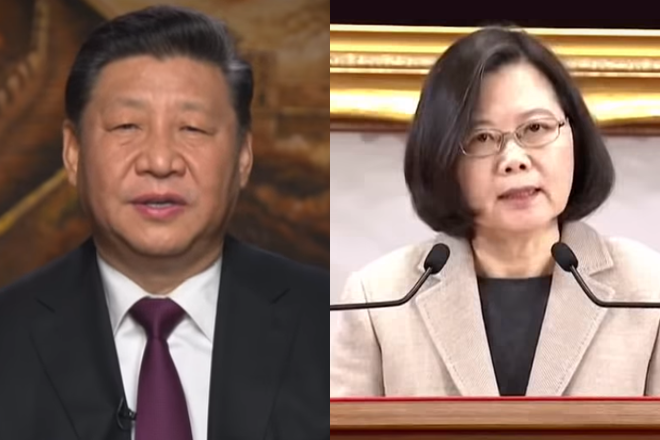
961 unique views
